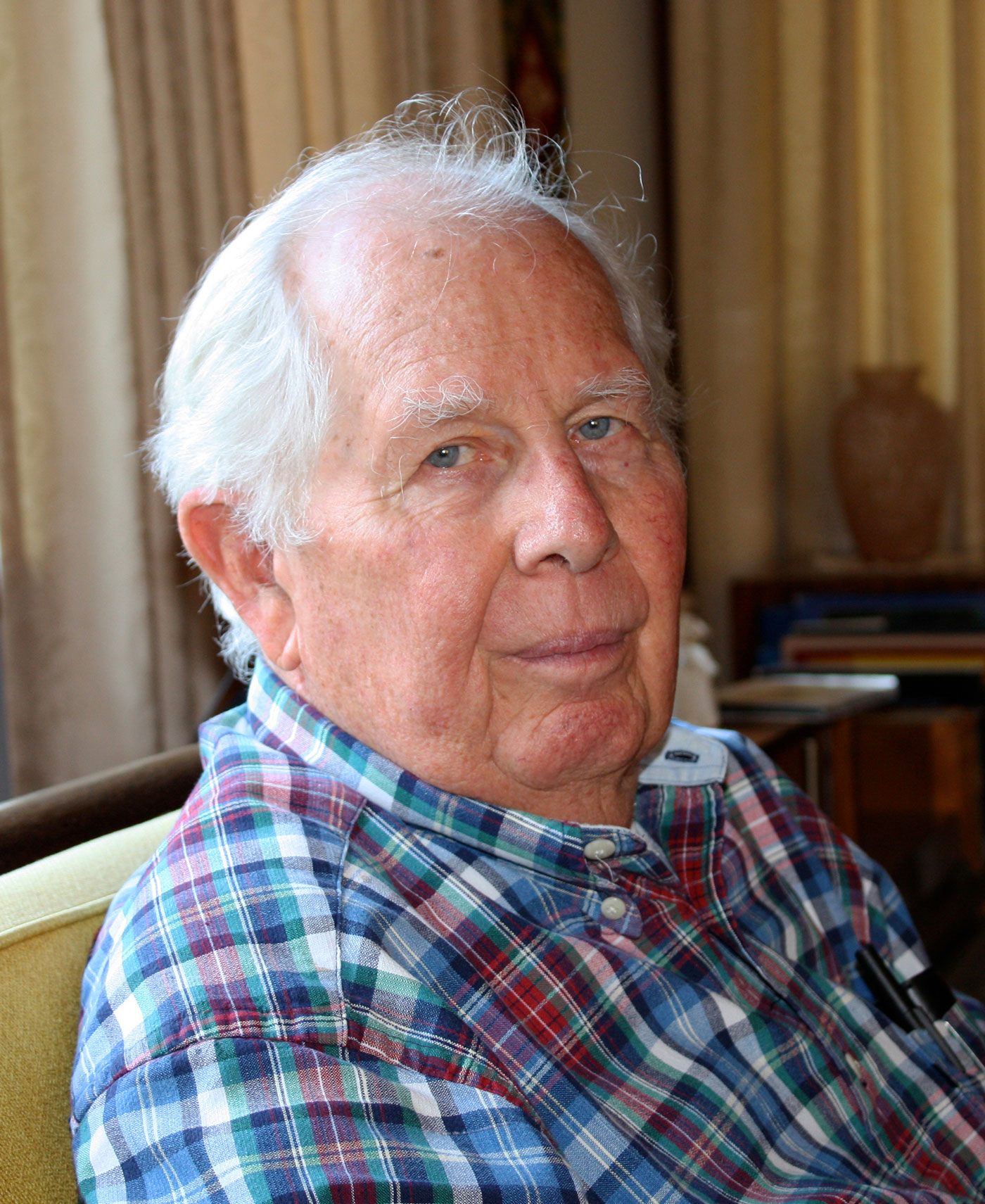
Trout fishing with Arve Sjovold as boys, our father would whisper to us to step lightly. Vibrations from our small feet would pass through the earth to the water and be sensed by the fish. His casual observations were quietly spellbinding to us; they found the relationship between a small thing or event to larger ones, this time describing our literal impact upon the earth. He constantly animated the world for us, a simple byproduct of his wonder and love for nature’s complex, surprising, and liberating spaces.
His interest in trout, and revitalized streams for steelhead in particular, was his gateway into the ethical frontiers of water. Publicly, he applied his skills as a systems thinker to analyze reams of information. Concerning the State Water Project, he arrived at the larger conclusion that the cost didn’t justify its unreliability. The courts agreed, at one time calling the project “paper water … just a wish and a prayer.”
Arve could read the wilderness closely and intimately, making the wilds feel familiar and rich. He read the water’s surface as a fisherman, the mountains as a geologist, the rivers as a hydrologist, the mountain light and air as a poet, and the infrastructure that got us there as an economist, historian, and policy wonk.
Our grandparents lived on the edge of town, and Arve spent much of his childhood outdoors, exploring the beaches, creeks, and hills of Santa Barbara. To hear him talk of his childhood was to hear him describe a life of remarkable freedom. As a young man, he often joined his brothers, Carl and Harold, on long trips into the backcountry. We grew up hearing stories about their outdoor adventures; when he first proposed to take us along, we eagerly joined him. It sounded like so much fun.
Our long backpack trips into the Sierra began when we were teenagers. We frequently were joined by our friends and Arve’s friends from work: Nothing pleased him more than introducing others to the spectacular beauty of California’s wilderness. After all, the mountains were to be shared, not owned. He had an uncanny sense of the region’s past, recalling time, place, and events with precise detail. Arve was fully present to life, including its challenges.
Memorably, within a week or two of losing our home to 1977’s Sycamore Fire, Arve calmly assessed our options and announced that we could and would rebuild. He had designed the house, so he retrieved a copy of his plans from the county and said, “Now I can fix a few mistakes from the first design.”
A systems engineer with Santa Barbara’s General Research Co. and Tecolote Research, Arve served on the board of the Santa Barbara Community Environmental Council and was a member of the city’s Water Commission in the 1960s. There, his science training made him aware of the risks involved in bringing the State Water Project to Santa Barbara County. During the drought-driven politicking surrounding State Water, Arve was a leader, delving his way to the truth about the actual expense and the pitfalls in the water swaps.
In the run-up to the successful State Water vote during the drought in the early 1990s, costs and unreliability were obscured for voters. Arve dedicated himself to mitigating the harm he saw coming. As a member of the Citizens Planning Association, he was instrumental in uncovering changes to contract provisions that were made during secret meetings. Known as the Monterey Amendments, the contracts excluded the Kern Water Bank, effectively leaving urban users with no place to store water. The agreement had originally given urban areas preference over farmland during times of drought, reasoning that crops could lie fallow but people could not.
With the California Water Impact Network (C-WIN), Arve became the driving force behind a report that showed that the state had overcommitted available water resources. Up until a few weeks before his death from cancer, Arve continued to testify in Sacramento on the complex science and modeling of water supply and demand. He also found the time to devise a solar array at the Ortega Reservoir to power Santa Barbara’s desal plant, a project the Water Impact Network continues to pursue in his stead.
In retirement, Arve and his wife, Eva, went car camping in the Sierras, often with their grandchildren; took road trips around the U.S.; and visited Norway, Eva’s native country and that of Arve’s parents. They spent many long, relaxing summer days on the Oslo Fjord shoreline, with relatives gathered, talking late into night — with much laughter — peeling and eating shrimp, or feasting on wild blueberries. Arve and Eva shared a deep, authentic love throughout their long life together, often holding hands with the tenderness and buoyancy of early romance, blissfully inseparable.
We remember all of the times spent in the high Sierra and setting out from our base camp to fish a new lake or stream. We remember all the times we watched Arve move along the edge of the water, casting a fly and taking delight in the great outdoors. This is how we will always remember him.
